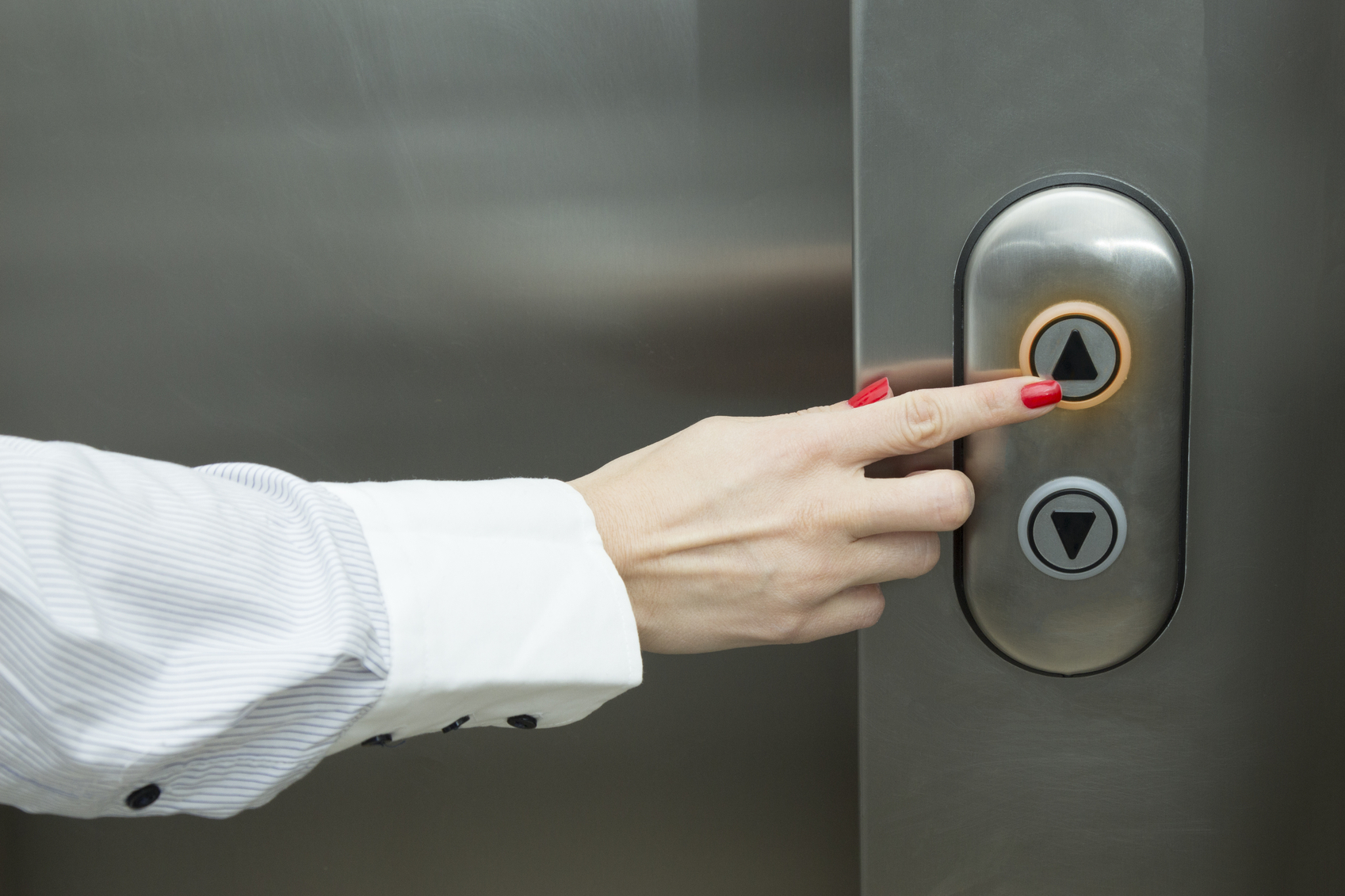London Lift Company: Offering Comprehensive Lift Solutions Across the Capital
Wiki Article
Digging Into the World of Lifts: Common Problems Encountered by Different Lift Mechanisms
As we navigate via the vertical transportation systems of modern buildings, lifts stand apart as an important component of our every day lives. However, behind their smooth operation exists a world of detailed systems that can sometimes come across challenges. From hydraulic elevators to grip systems and machine-room-less designs, each lift type comes with its set of typical problems. Recognizing these difficulties is crucial for making sure the smooth functioning of these crucial systems. Allow's check out the intricacies that underlie the procedure of elevators and the possible concerns that can occur, clarifying the elaborate web of lift mechanisms.Hydraulic Elevators
Hydraulic elevators, often favored for low-rise buildings, utilize fluid stress to control the movement of the lift auto (lift repair companies). This device includes a hydraulic pump pressing oil right into a cylinder, triggering the elevator to move in the wanted direction. While hydraulic lifts are understood for their silent and smooth operation, they do include their very own set of usual concernsOne prevalent problem with hydraulic elevators is oil leakage. The seals in the hydraulic system can break with time, leading to oil seepage. This not only creates a mess but can also impact the lift's efficiency if left unaddressed. Furthermore, problems with the control system, such as defective valves or a malfunctioning pump, can cause disruptions in the lift's activity.
Regular upkeep and timely repair work are vital to make certain the smooth performance of hydraulic elevators. By dealing with these common concerns proactively, structure owners can reduce downtime and ensure the safety and security and performance of their vertical transportation system.
Grip Elevators
When considering vertical transport systems in buildings, another usual type aside from hydraulic lifts is the traction elevator. Traction lifts operate using a system of ropes and weights that move the elevator automobile by gripping onto the hoist ropes. This device permits smoother and faster upright transportation contrasted to hydraulic systems.One of the common problems faced by grip elevators is rope wear. The consistent motion of the ropes within the grip system can lead to use and tear over time, possibly creating the lift to malfunction or end up being dangerous for use. Regular examinations and maintenance of the ropes are necessary to ensure the lift's proper functioning and security.
Another problem that traction elevators may run into is connected to the control system. Troubles with the control system can lead to problems such as irregular movement, hold-ups in reaction times, or also full shutdowns. Routine testing and upkeep of the control system are crucial to stop such concerns and guarantee the elevator's dependability.
Machine-Room-Less (MRL) Elevators

One of the vital elements of MRL elevators is the compact gearless grip machine that is mounted within the hoistway. This device efficiently drives the lift vehicle without the demand for cumbersome devices their website located in standard traction lifts. Additionally, MRL lifts generally make use of a counterweight system to stabilize the cars and truck, further improving their click here for more info energy effectiveness.
In spite of their benefits, MRL elevators may deal with obstacles associated with maintenance and repair due to the confined space for equipment installment. Ease of access for servicing elements within the shaft can be limited, requiring specialized training for specialists. Correct maintenance routines and normal evaluations are crucial to guarantee the continued smooth operation of MRL lifts.
Overloading and Weight Limit Issues
Are lifts equipped to deal with excess weight tons efficiently and safely? Straining and weight restriction issues are crucial concerns in lift procedures. Lift manufacturers design lifts with certain weight capabilities to make certain passenger safety and security and equipment durability. Surpassing these weight limits can result in various troubles, including mechanical failings, hold-ups, and safety and security dangers.When lifts are overwhelmed, it puts too much pressure on the electric motor, cords, and other parts, possibly causing malfunctions or failures. Security systems such as sensors and overload sensing units are in area to stop elevators from relocating if they find excess weight. In addition, surpassing weight restrictions can bring about increased power consumption and damage on the lift system.
To reduce overwhelming problems, constructing supervisors ought to plainly display weight restrictions in elevators and inform occupants on the importance of adhering to these restrictions - lift repair companies. Regular upkeep checks by qualified service technicians can additionally assist ensure that lifts are operating within safe weight criteria. By attending to overloading and weight restriction problems proactively, building owners can boost lift safety and security and efficiency
Electrical System Failings
Surpassing weight limitations in elevators can not only lead to mechanical issues but also possibly add to electric system failings within the lift facilities. Electrical system failures are a vital issue in elevator procedure, as they can create unanticipated closures, malfunctions, or even safety threats.Regular maintenance and inspections are crucial to determine and address prospective try these out electrical issues quickly, ensuring the risk-free and reliable procedure of elevator systems. By adhering to weight restrictions and conducting regular electrical system checks, building proprietors can alleviate the risk of electrical failings in elevators.
Final Thought

Hydraulic lifts, commonly preferred for low-rise structures, utilize fluid stress to manage the motion of the elevator cars and truck.When thinking about vertical transportation systems in buildings, one more typical kind apart from hydraulic elevators is the grip lift. Traction lifts operate using a system of ropes and counterweights that relocate the lift car by gripping onto the hoist ropes. Unlike conventional lifts that require a different device area to house the equipment, MRL elevators incorporate most of the elements within the shaft, removing the need for a specialized machine space.In verdict, elevators deal with usual issues such as hydraulic malfunctions, traction system failings, and electric system troubles.
Report this wiki page